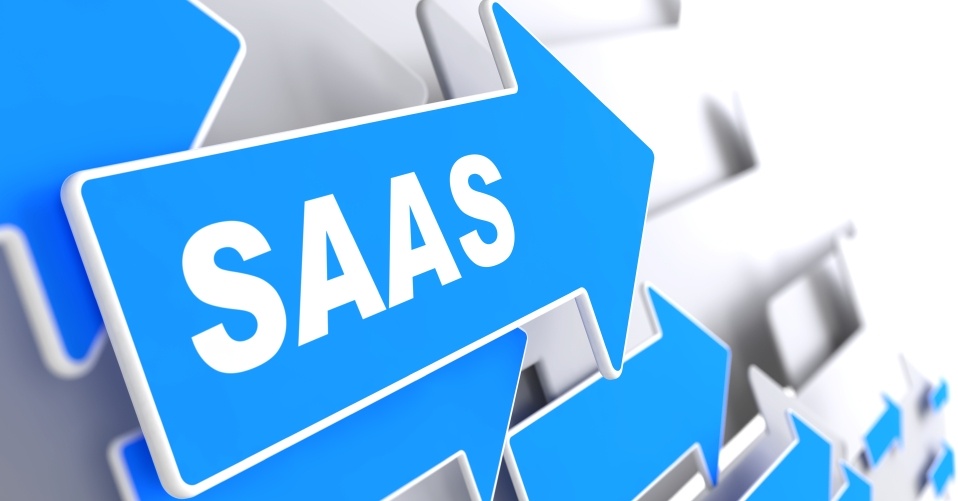According to Cisco, by 2018 over half of all cloud operations will be carried out by the use of SaaS subscriptions. SaaS has come to be known as a reliable software delivery mechanism on a subscription basis and is changing both how software is delivered and how IT departments work and relate to the rest of their organization.
More and more businesses are incorporating SaaS (Software as a Service) applications into their operations. According to Cisco, by 2018 over half of all cloud operations will be carried out by the use of SaaS subscriptions. SaaS has come to be known as a reliable software delivery mechanism on a subscription basis and is changing both how software is delivered and how IT departments work and relate to the rest of their organization.
Let’s take an up-close look at SaaS to see if it is the right choice for your business.
What Exactly Is SaaS?
SaaS, or Software as a Service, is a means of providing applications through the internet as a service instead of downloading, installing, or purchasing expensive software tools. It can be simply accessed through the internet which saves you from troublesome hardware and software management. SaaS applications are also referred to as web-based software, hosted software and even on-demand software. Whatever it may be called, it runs on the server of the provider and you only need to be connected to the internet in order to use your desired application.
Who Uses SaaS?
Research conducted by Forrester reveals that SaaS is often incorporated to boost the operations of several key organizational areas such as human resource management (HRM), software collaboration, customer relationship management (CRM), and procurement solutions. SaaS is also beginning to show up in other business areas including business intelligence, enterprise resource planning (ERP), and finance.
Previously, businesses had to purchase or develop their own software and then run and maintain it. This typically came at a high cost. Now there is a less expensive option: companies only need to get connected to the internet and subscribe to services that are constructed on a shared infrastructure over the internet. This particular SaaS model has been highly successful, largely due to the fact that it is advantageous for businesses of different types and sizes. According to research conducted by KPMG, US technology leaders predict that cloud computing (including SaaS technology with a 14% share) will be one of the most innovative technologies for businesses within the approaching three years.
Does Your Organization Need SaaS?
You should do your research and ensure that moving to SaaS is justified and the right choice for your organization. Moving to a SaaS environment provides a significant opportunity for businesses of all sizes and types to minimize the risks associated with software acquisition and allows the IT department to become proactive rather than a reactive part of the company.
Here is what drives diversified businesses to prefer SaaS application over other options:
1. Managing the Risks of Software Acquisition
The deployment of ERP and CRM application suites used to be a major project requiring large budgets and tying up significant resources. Deployment in large organizations could cost up to hundreds of thousands of dollars in licensing fees and utilize an entire team of IT personnel working along with consultants to customize and integrate it into the company’s system. Most companies consider this a major risk when a significant amount of time and effort was put in along with the budget requirements. SaaS on the other hand needs none of that. It requires no large initial investment in dollars or resources, nor does it need to be deployed. If one application does not produce results to your satisfaction, you can just walk away and opt for another without incurring huge losses.
2. Managing IT Focus
The maintenance part of a SaaS application is handled by the provider; this may include patches, testing, and keeping it running smoothly. This leaves the IT department more time for high value activities that can in turn support your business objectives, allowing you to focus on your business operations in a more direct way.
3. Subscribe When You Need It
SaaS can be thought of as software on demand where users have the freedom to choose the features they want. It is available at different levels such as beginner, professional, and premium according to the user’s level of expertise and requirements. It is also pay-per-use allowing businesses to pay only when they need it. Subscriptions can be stopped without incurring any additional fees. An example of how businesses can benefit from the flexibility provided by SaaS would be a new company that starts with a basic subscription and then moves to a higher level plan as the company grows and requirements increase.
4. Painless Upgrades and Management
As SaaS applications are managed by professional companies (often called SaaS application providers), subscribers are freed from the responsibility for upgrades and management. The provider handles all upgrades and maintenance. There are no downloads, installs or patches to run. Availability is also managed by the provider giving subscribers worry-free access to hardware as well as software.
5. Backups and Data Recovery Is Done for You
SaaS eliminates the time-consuming task of performing regular backups and data recovery.
The Bottom Line
SaaS applications are the most attractive package when variability in feature set and budget are required. This is a perfect solution for users who do not want to spend a huge amount of capital on entirely new software and do not want to manage the risks that come with. If you are one of those users, then SaaS could be the right choice for your business.
Having customization issues before considering SaaS subscription? Contemplating whether to turn your existing web application into SaaS model or need help developing a brand new system from scratch? We are here to help.









